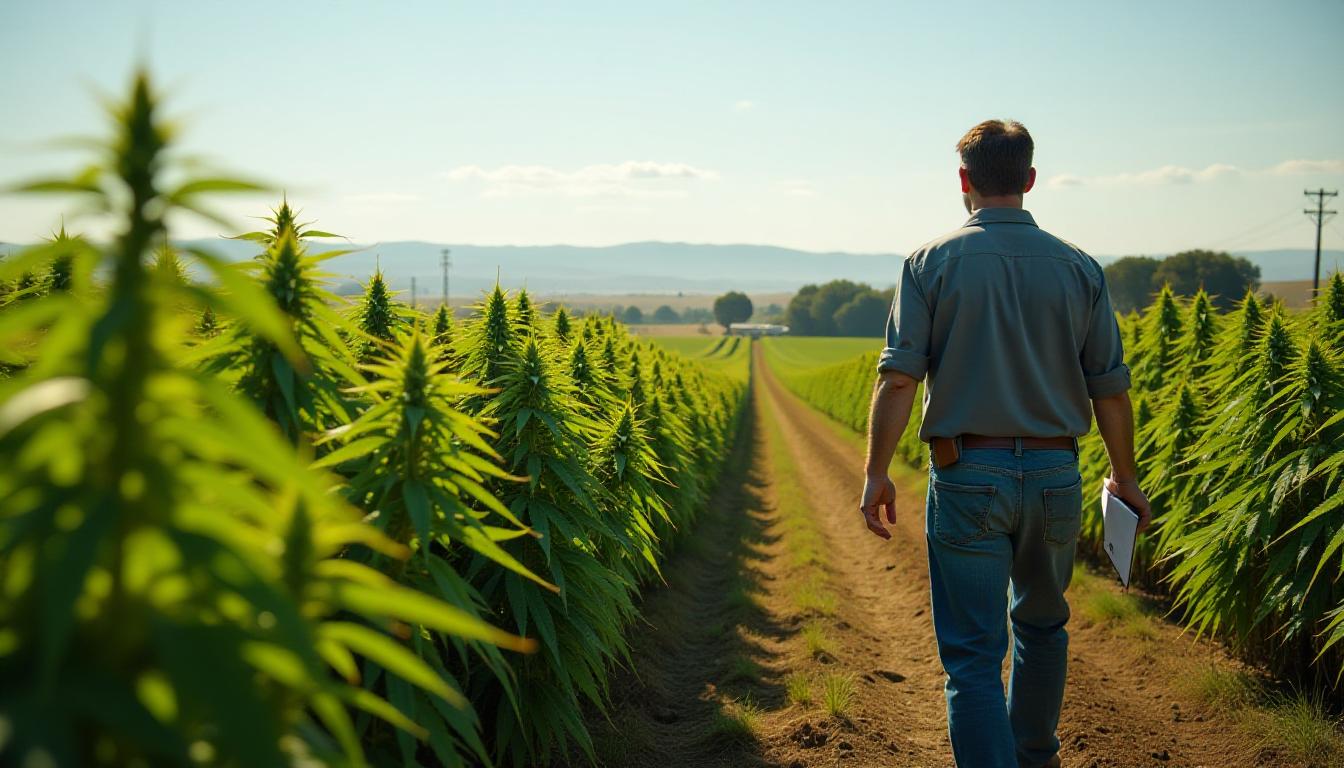As California tightens its grip on hemp-derived products, many in the industry are concerned about how these changes will affect their operations. Since the new rules came into effect on Monday, September 23, only those over the age of 21 can legally purchase hemp products in the state, provided these items contain “no detectable amount of total THC.”
The push for stricter regulations
The drive behind these stringent measures aims to curb the sale of intoxicating products to minors. Governor Newsom has made it clear that protecting children from exposure to such substances is a top priority. By targeting products containing any traceable amounts of THC, the state hopes to eliminate potentially harmful sales.
This initiative, however, hasn’t been received well by all stakeholders, especially producers of non-intoxicating CBD items. These businesses argue that lumping non-intoxicating products with those meant to cause a high creates unnecessary barriers and limits accessibility for consumers who rely on them for health benefits. The multitude of health and wellness claims surrounding cannabidiol (CBD) have led to its popularity among various demographics.
Differentiating between products
While understanding the intention behind the local cannabis legislation, many manufacturers emphasize the need to distinguish between synthetic and naturally occurring cannabinoids. Bill Morachnick, CEO of Charlotte’s Web, contends that the new laws unfairly target natural CBD products. He stresses the importance of effective regulation without overreach, pointing to states like Colorado and Virginia as examples of balanced governance.
This point highlights the complexities involved in regulating a burgeoning industry like hemp and cannabis. As more products enter the market, finding a balance between safety and accessibility becomes crucial.
Industry response to new regulations
In response to California’s crackdown, various companies within the sector are voicing their concerns and calling for adjustments to the implemented regulations. They argue that while the effort to control intoxicating substances is commendable, it should not come at the expense of safe and beneficial products.
Regulatory policies are often a double-edged sword—intended to protect but occasionally stifling innovation and access. Businesses focused on delivering non-intoxicating CBD products find themselves caught in this regulatory web, advocating for clearer distinctions in the law.
Consumer health and safety
A significant part of the debate centers around consumer rights and safety. While the primary goal is to prevent harmful exposure, many believe that overregulation can lead to lesser availability of therapeutic options. Consumers seeking relief through legal, non-intoxicating cannabinoids may turn to less regulated alternatives or even black-market sources, paradoxically increasing exposure to unsafe products.
Industry proponents underscore the necessity for public education and informed decision-making rather than outright bans. Promoting a deeper understanding of different cannabinoid profiles and their effects could help consumers make safer choices without feeling restricted.
Comparative approaches in other states
California’s new approach starkly contrasts with the regulatory frameworks seen in other states. For instance, both Colorado and Virginia have set precedents in managing hemp products without severely limiting consumer access to non-intoxicating items. These states employ rigorous testing and clear labeling requirements to ensure safety while allowing room for legitimate products to be sold.
This comparative perspective sheds light on possible pathways for California to refine its regulations without compromising its protective intent. Learning from these models proves invaluable as the state navigates its regulatory landscape.
The future of hemp regulations
Stakeholders anticipate potential adjustments to California’s strict stance based on ongoing feedback and advocacy efforts. A collaborative approach involving regulators, industry experts, and consumers may pave the way for more nuanced policies. This can help mitigate the challenges currently faced by producers of non-intoxicating cannabinoids.
Maintaining the delicate balance between safeguarding public health and supporting a thriving hemp industry remains an ongoing challenge. By taking cues from successful practices elsewhere and fostering open dialogue, California can strive towards effective regulation that serves all interests.





